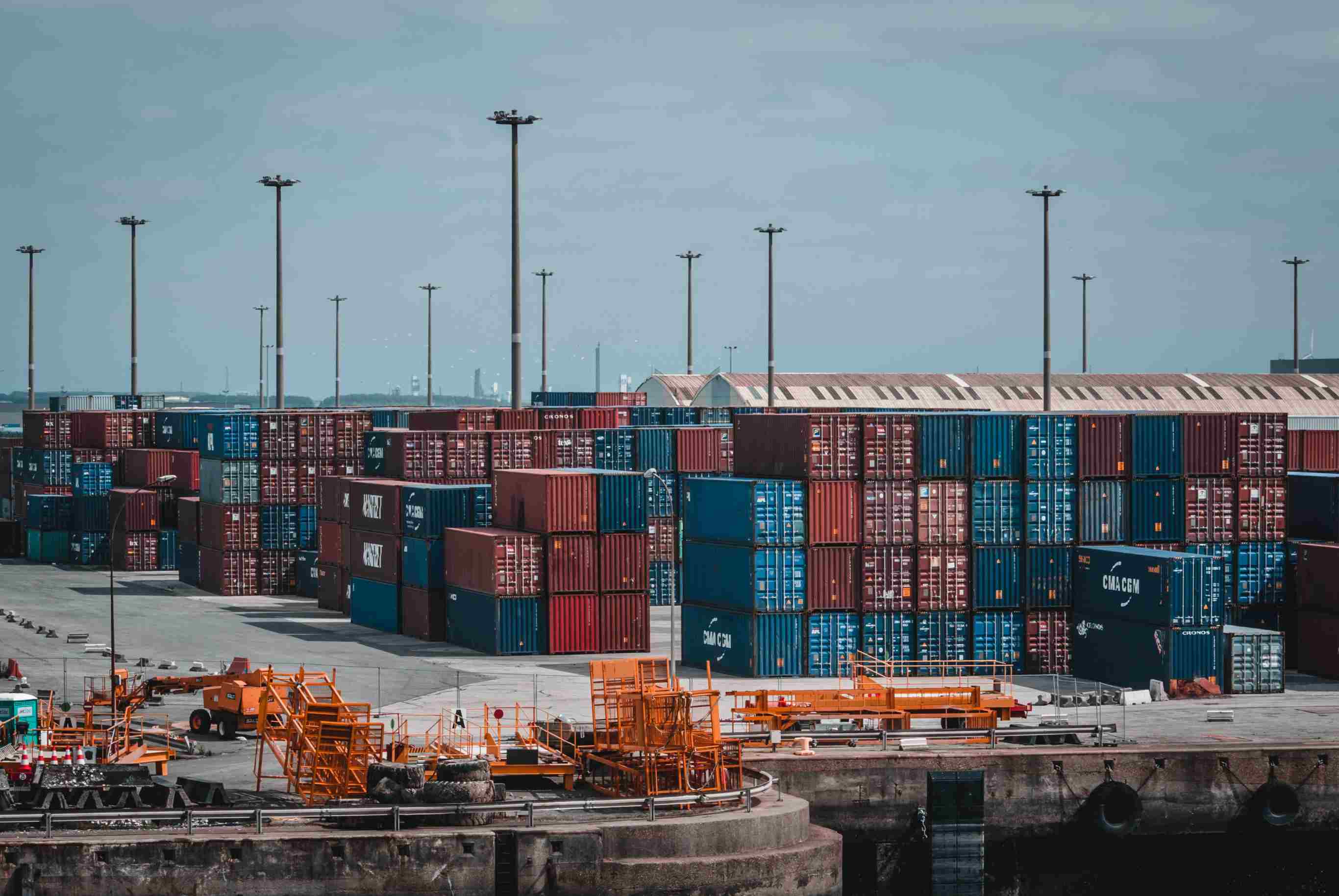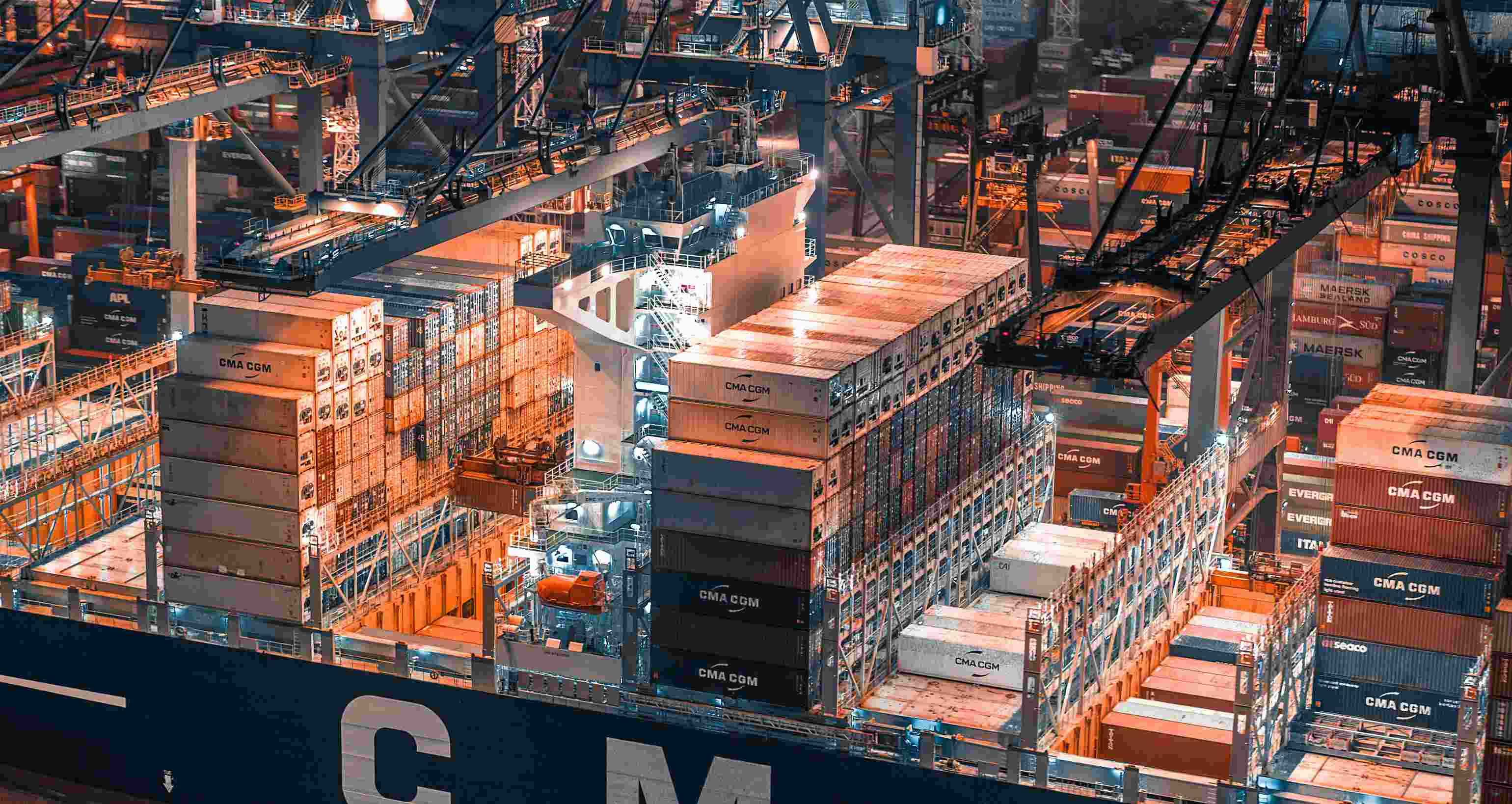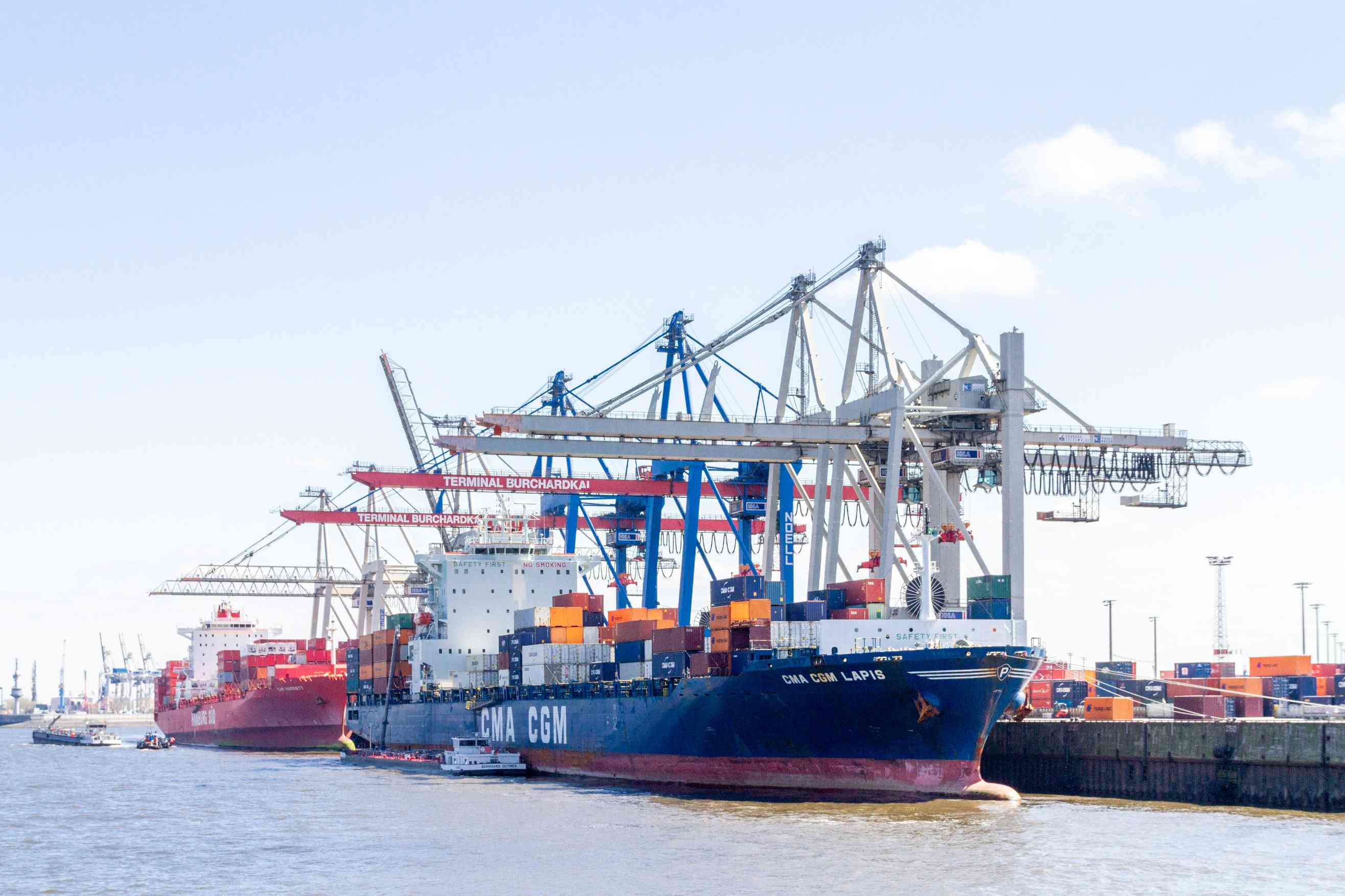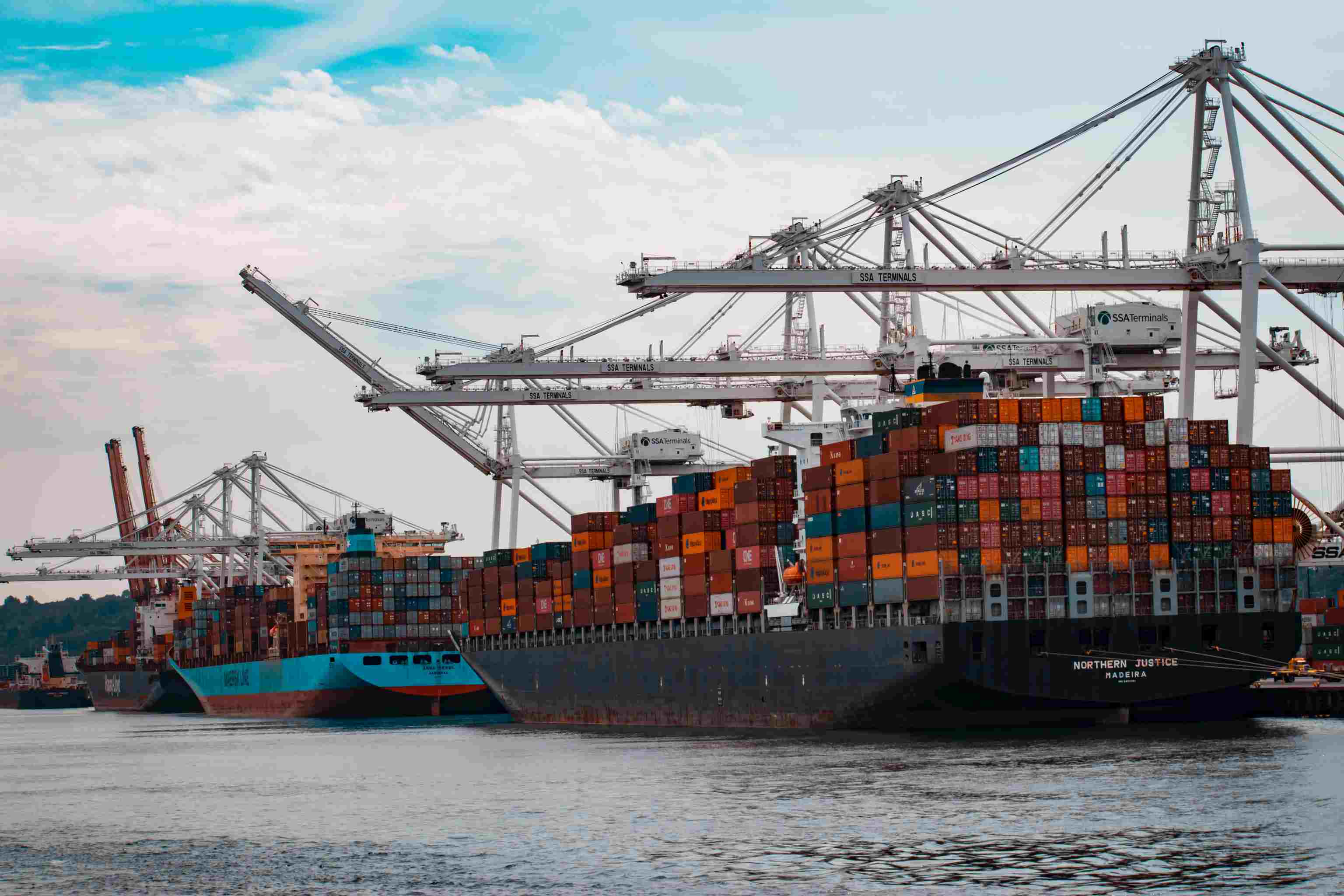What Everyone Is Discussing About International Shipping Freight in 2025
1. Shifting Trade Patterns and Sourcing Strategies
In 2025, international shipping freight is being significantly impacted by shifting trade patterns. The "China plus 1" strategy has become a reality, with sourcing increasingly moving to countries like Vietnam, India, and other parts of Southeast Asia. This trend is driven by risks related to over-reliance on single sourcing countries. However, questions remain about whether these new sourcing countries have the capacity, expertise, and reliability that importers have become accustomed to over the years.
2. Trade Regulations and Tariffs
Trade regulations and tariffs continue to be a hot topic in international shipping freight. The re-election of President Donald Trump and his administration’s new tariff policies, including a 10% universal tariff on all imports and increased duties on Chinese goods, are driving up costs for importers. As a result, businesses are rethinking their sourcing and logistics strategies, with some shifting production to countries like Mexico, Vietnam, and India, where trade agreements offer more favorable terms.
3. Sustainability and Green Shipping
Sustainability is a growing priority in the shipping industry. In 2025, there is an increased focus on green shipping initiatives, including the adoption of alternative fuels such as biofuels, hydrogen, and LNG (liquefied natural gas), as well as electric and hybrid cargo vehicles. The International Maritime Organization (IMO) is enforcing stricter emissions regulations, requiring ocean carriers to adopt cleaner technologies and low-carbon shipping practices.
4. Digital Transformation and Technology Adoption
Digitalization is transforming international shipping freight. Blockchain technology is being used to enhance security, transparency, and traceability in the supply chain. Artificial intelligence (AI) and automation are becoming essential in logistics, improving demand forecasting, optimizing routing, and enhancing warehouse management. For example, AI-powered systems can analyze shipping patterns to anticipate peak demand periods and adjust operations accordingly.
5. Reshoring and Nearshoring
Reshoring (bringing production back to home countries) and nearshoring (sourcing from nearby regions) are gaining momentum in 2025. This trend is driven by the need to mitigate risks related to geopolitical tensions, trade restrictions, and unexpected disruptions like pandemics. Moving production closer to end consumers reduces dependency on long-haul shipping routes, lowers transportation costs, and improves delivery times.
6. E-commerce Fulfillment and Cross-Border Trade
With the continued expansion of e-commerce, cross-border shipping is expected to grow significantly in 2025. Businesses must navigate complex customs regulations, tariffs, and compliance requirements while ensuring fast and affordable international shipping. Third-party logistics (3PL) providers specializing in cross-border fulfillment will play a crucial role in helping businesses manage duties, taxes, and regulatory compliance.
7. Autonomous Shipping and Smart Warehousing
Autonomous shipping is set to revolutionize the industry, with the first fully unmanned operations expected to receive approval in 2024. Additionally, smart warehousing is evolving with the adoption of robotic automation, Internet of Things (IoT) devices, and AI-powered inventory systems to improve efficiency. These technologies help optimize inventory management, reduce human error, and streamline fulfillment operations.
8. Market Volatility and Rate Implications
Market volatility remains a key discussion point in international shipping freight. In late 2024, trans-Pacific ocean rates remained elevated as some shippers frontloaded cargo ahead of potential port worker strikes and tariff increases. Meanwhile, Asia–Europe rates rebounded as carriers reduced capacity and shippers prepared for the Lunar New Year rush. Overall, ocean freight rates in 2025 are expected to be among the weakest in recent years, influenced by external factors and carriers' capacity management discipline.
Conclusion
In 2025, the international shipping freight industry is undergoing significant changes driven by shifting trade patterns, stricter regulations, technological advancements, and evolving consumer expectations. Staying ahead of these trends will be crucial for businesses looking to optimize their supply chains, reduce costs, and enhance customer satisfaction.





